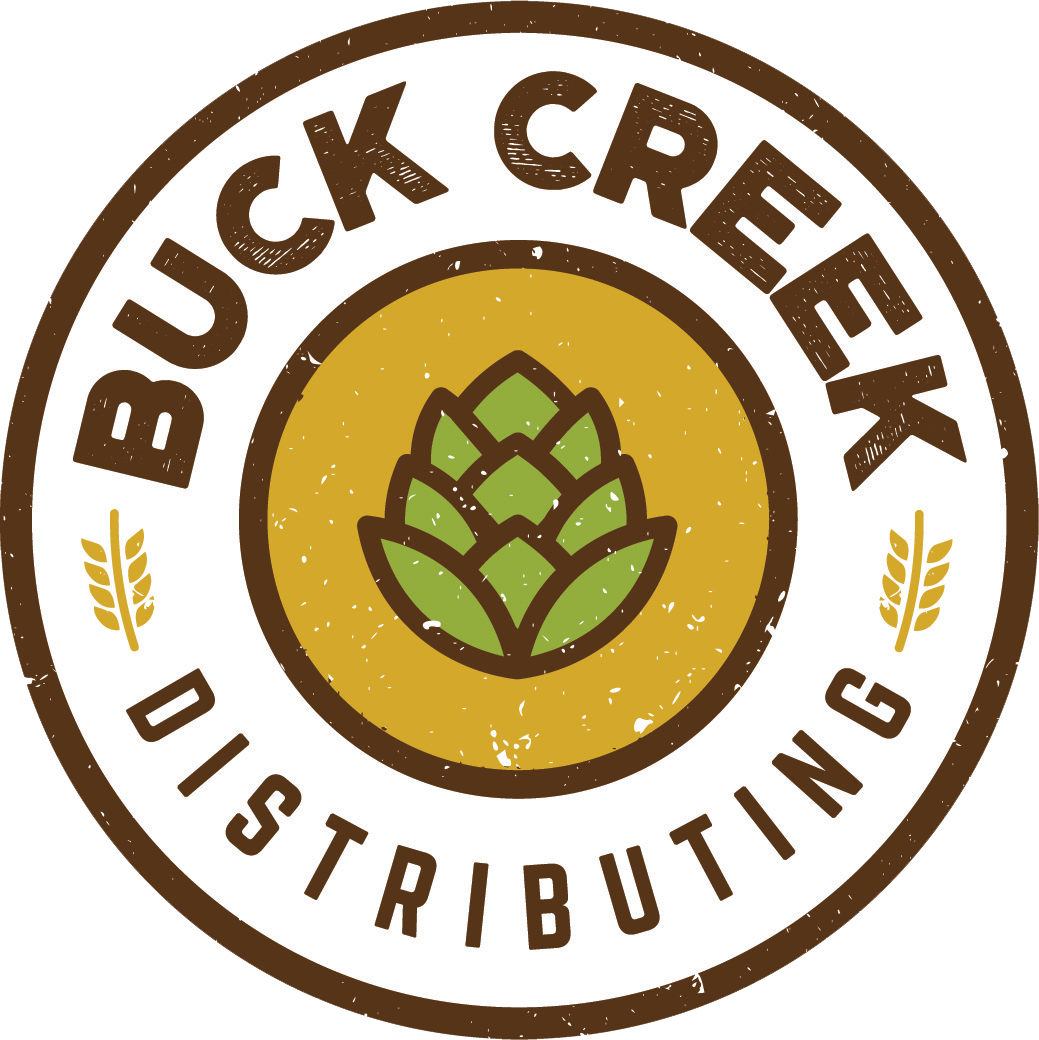Harvest Is Over, But The Work Is Just Beginning
Many growers make the mistake of thinking the hop growing season is over after harvest. They’re ready to kick back and enjoy the pretty colors, fresh apples, and pumpkin-flavored everything (beer) that is synonymous with the fall season. But, don’t get too cozy! There’s still plenty to do in the hop yard!
The first thing a grower should do after harvest is have their soil tested. At this time of year, as well as in the spring, soil testing is very important. When compared with a soil test taken in the spring time, the grower can see what the plants took up in nutrients. This can be very important for developing an idea of what your plants will need in nutrient inputs once they reach full maturity. Another important part of the soil test is the pH of the soil.
The soil pH is a measure of its acidity/alkalinity. Hops prefer a soil pH of 6.5 for maximum nutrient uptake. If your soil’s pH falls below this, then adding lime to your soil may be necessary. Lime can usually be purchased from your local co-op or chemical dealer. Generally, a soil test will provide recommendations as to the amount of lime needed to bring the soil to a pH of 6.5. Follow these recommendations! The dealer will generally spread the lime for you, however if they are not willing to due to unfamiliarity with hop yards, then you can do it with a granular fertilizer spreader. Working the lime into the soil is preferred. This can be done by tilling along the sides of your rows but remember to stay at a shallow depth so you don’t disturb the plants’ feeder roots. Do not till over the crown of the hop plant and be sure to clean your tilling equipment thoroughly between each variety to minimize the spread of any possible diseases. If your plants are on a slope, then tilling at this time isn’t recommended. Just apply your lime as a top dress.
Giving your plants one final application of a systemic fungicide may be beneficial in the fall. This should be done early in the fall, within a week or two of harvest. Any later than this and the plants will not uptake the fungicide. This can lower the population of fungal spores preparing to overwinter in the crown of the plant, and ultimately reduce the population that emerges in the spring.
Cultivating in the fall is a practice that can have several benefits, but also some drawbacks, so the positives and negatives should be weighed against each other. Cultivating should be done in between the rows, not over the hop crowns. If you are growing some sort of ground cover between your rows, then you may only want to till along the sides of your row at a width of about 1 to 2 feet, depending on your row spacing and the distance between your ground cover and your plants. Do not till any closer than 9 inches on either side of the crown, so as to leave an uncultivated row width of at least 18”. Cultivate at a shallow depth, no deeper than six inches, so that the feeder roots of the plant are not disturbed. Cultivating this close to the plant is not recommended in the plant’s first year. Some of the benefits from this practice include reduced downy mildew pressure due to the soil aeration, less soil compaction, and control of perennial weeds. Cultivating the soil can increase erosion, so it should be practiced with caution when on steep or moderately steep slopes. Keeping a ground cover can greatly reduce erosion. Cultivation can also be used to work in soil amendments such as compost or organic manures.
Applying a manure or compost is another great way to increase the health of your soil. Apply an organic manure along the sides of your row and work it into the soil using the cultivation methods mentioned above. Do not apply manure directly on top of the crowns. Poultry and cattle manure, as well as horse manure are great for your soil. Adding this to your soil can add nitrogen and has been shown to reduce downy mildew populations.
Cleaning up your rows is one final thing you can do before the winter. The plants can be mowed over at a height of about 2”. Plants should be left to grow until late in the fall season, and mowing should not be done directly after harvest. This gives the plants time to build up stored carbohydrates for the winter and emergence for the spring. If possible, keep this mowed off plant material out of the hop yard. This will reduce downy mildew populations that are able to withstand overwinter.
Using these different practices can help ensure that your plants are as healthy as possibly going into the winter. Fall activities can immensely help the plants in the following growing season, so remember that there is plenty to do after harvest!

